WHETHER or not you are religious – or Catholic – the spectacle of (Palm Sunday) Domingo de Ramos in Órgiva, at the start of Semana Santa (Easter Week), is an event that anyone can enjoy. It is an established and important part of local culture and well worth a visit for the interesting spectacle that unfolds.
It is easy (and not tactful, in the opinion if South of Granada) for ‘los guiris’ to dismiss events of cultural importance because they don’t like fireworks (‘cohetes’) or religious effigies. However, if you make the effort to attend these events, you might be pleasantly surprised by the ambience of the proceedings. Whether it’s the floral tributes or the low-key singing from the congregation, the event is uplifting. If you’ve never attended a Semana Santa event before, now is the time!
A long history
Domingo de Ramos marks the beginning of Semana Santa (Holy Week). Although there’s no precise record of when the proceedings started in Granada region, the 16th century is mooted, following the Reconquista and the launch of Christian rituals in the area.
Today’s Órgiva event stared in the plaza at 11.30am and ended in the Iglesia de Nuestra Señora de la Expectación. This is a Mudejar-style church built in the 1500s on the site of a former mosque. It is one of the town’s main landmarks as the twin towers can be seen from many viewpoints. The church had a major restoration in 1580, to repair damage caused during the Morisco uprisings.
The church houses the image of El Santísimo Cristo de la Expiración, a 1599 sculpture from the school of Seville sculptor, Juan Martínez Montañés. There are many other impressive features to view – but remember to be quiet and respectful and not go into Insta-madness (even the reporter managed!).
What happens at Domingo de Ramos?
The event starts in the plaza with the blessing of palm and olive branches, representing Christ’s entry into Jerusalem. Many Órgiva residents (“hueveros”), of all ages, walk through the streets carrying ther branches – sourced locally – to the church. The congregation sings hymns related to the Passion of Christ. The procession concludes with a mass (‘misa’) inside the church, which includes a reading of the Passion according to the Gospel of Matthew.
Domingo de Ramos directly follows ‘Cristo’ and starts Holy Week
Domingo de Ramos immediately follows the town’s fiesta of ‘Cristo’ (El Santísimo Cristo de la Expiración), which has been declared a Festival of Tourist Interest in Andalusia. On the Saturday before Palm Sunday (i.e yesterday. this year), the image of the Christ is moved back to his altar inside the church. This is called the ‘subida’, and is accompanied by many ‘cohetes’. Some of these bangers were detonated at the ‘Ermita’ in Barrio Alto – the highest neighbourhood in the town. They could be seen and heard from some distance!
Photo gallery
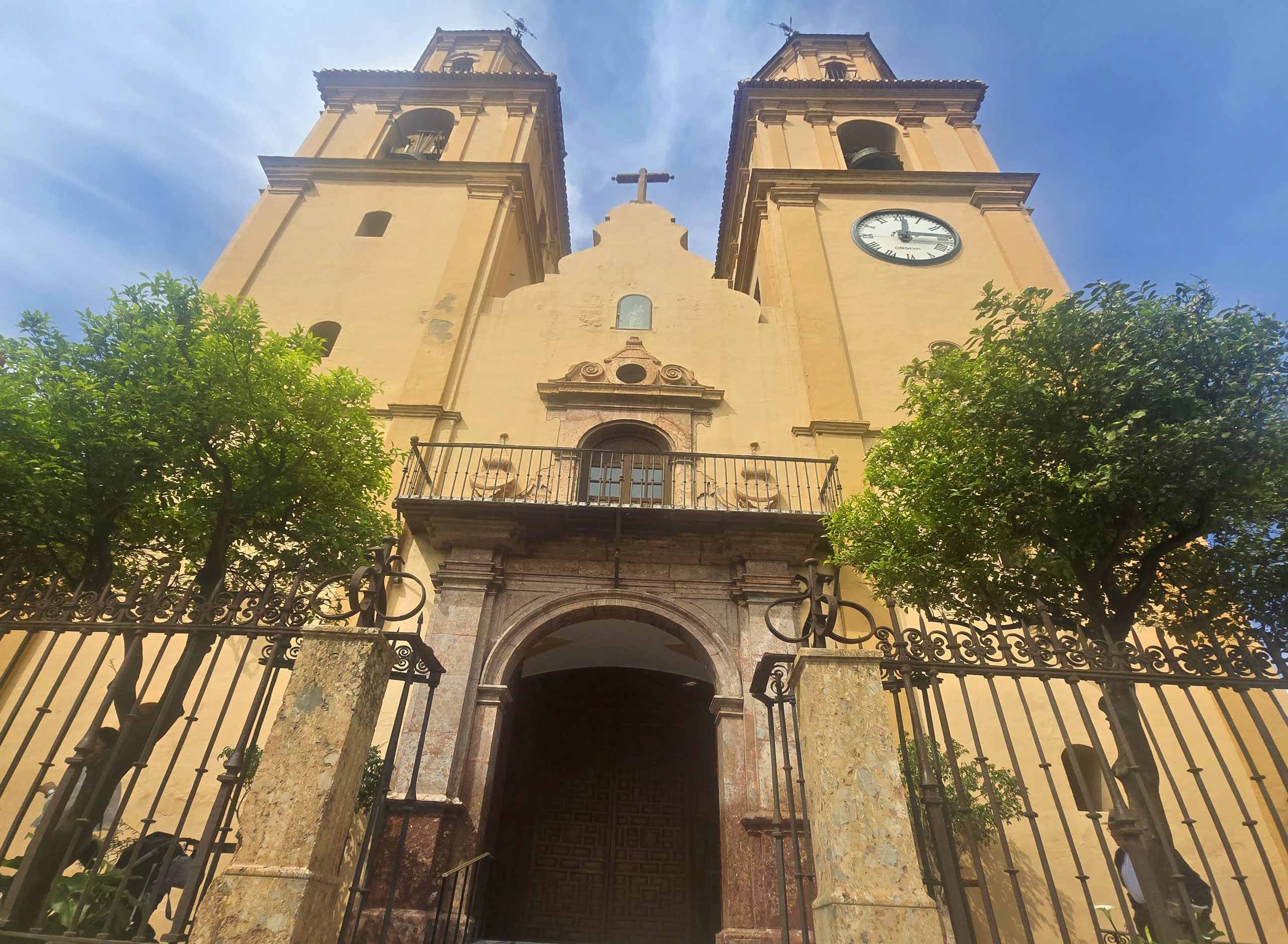
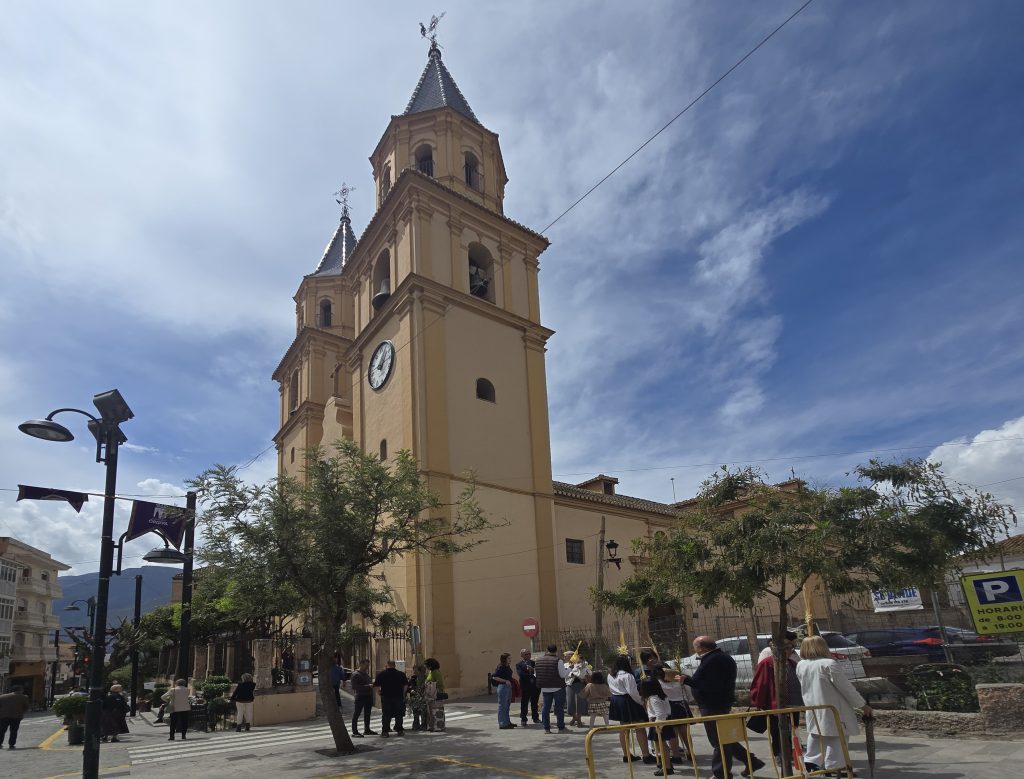
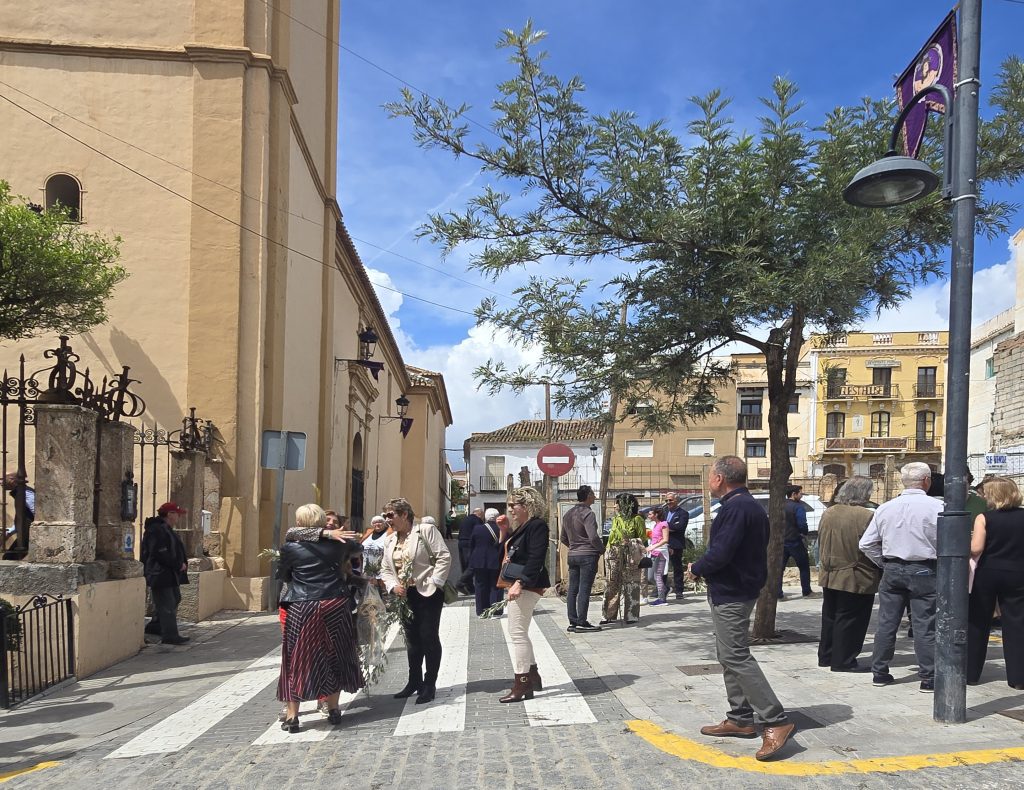
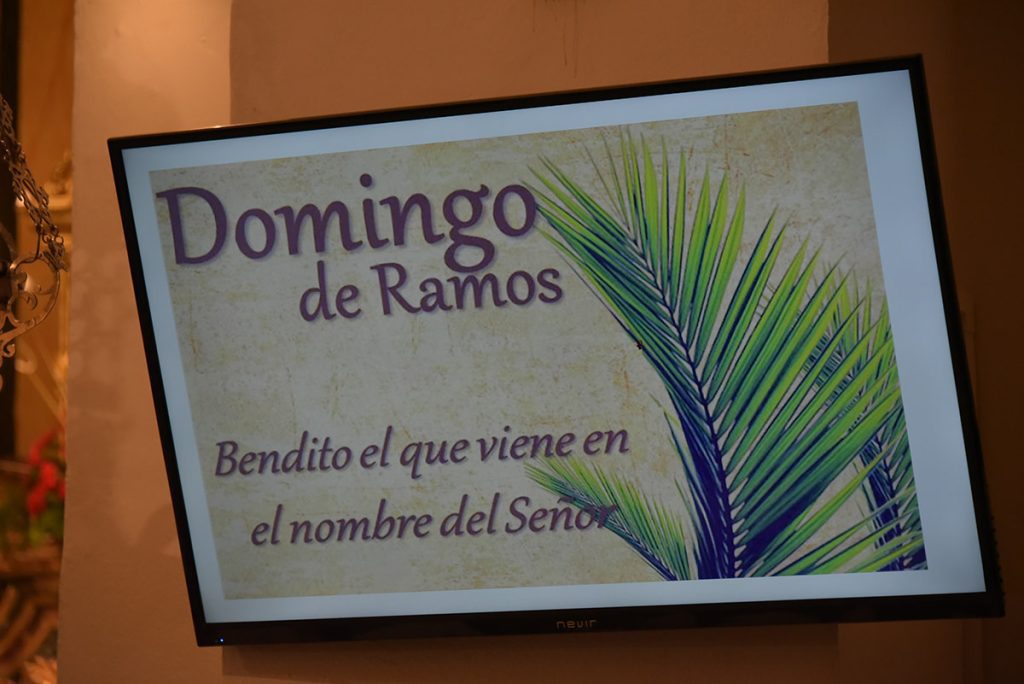
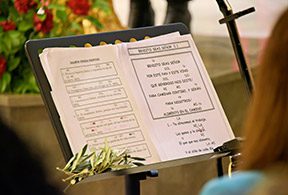
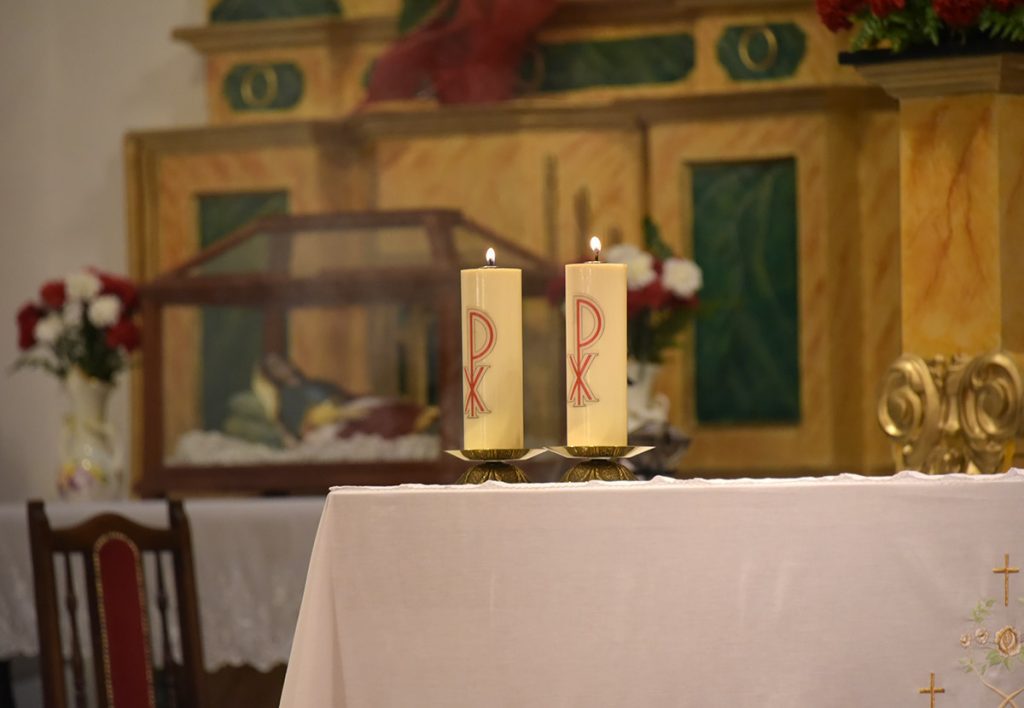
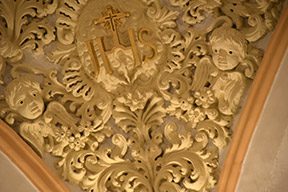
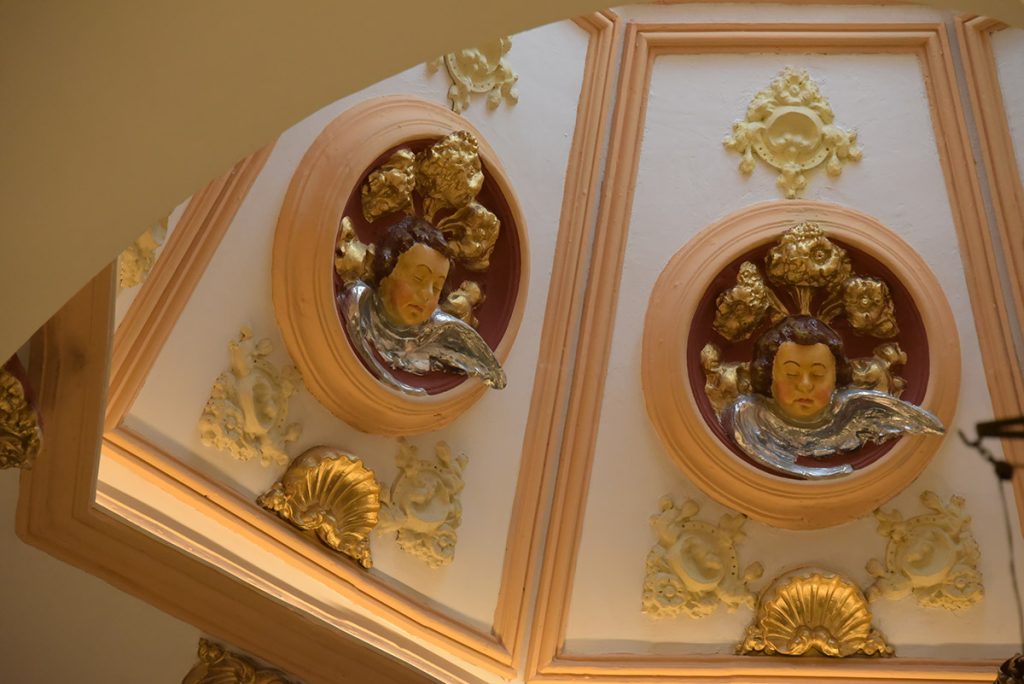
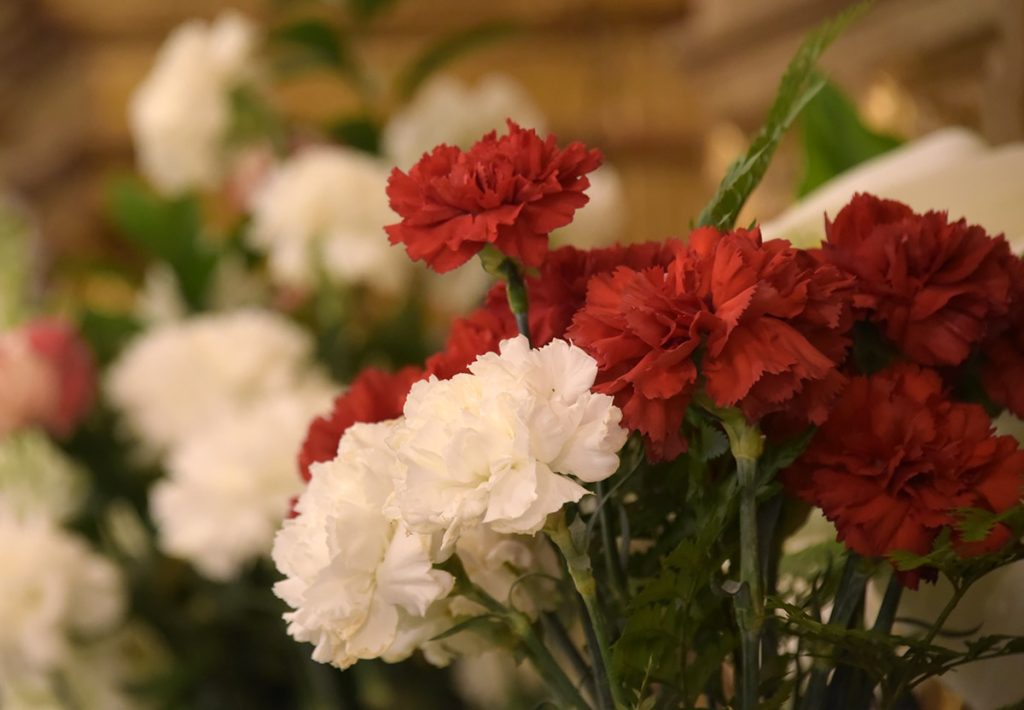
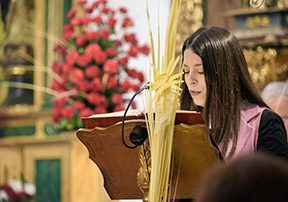
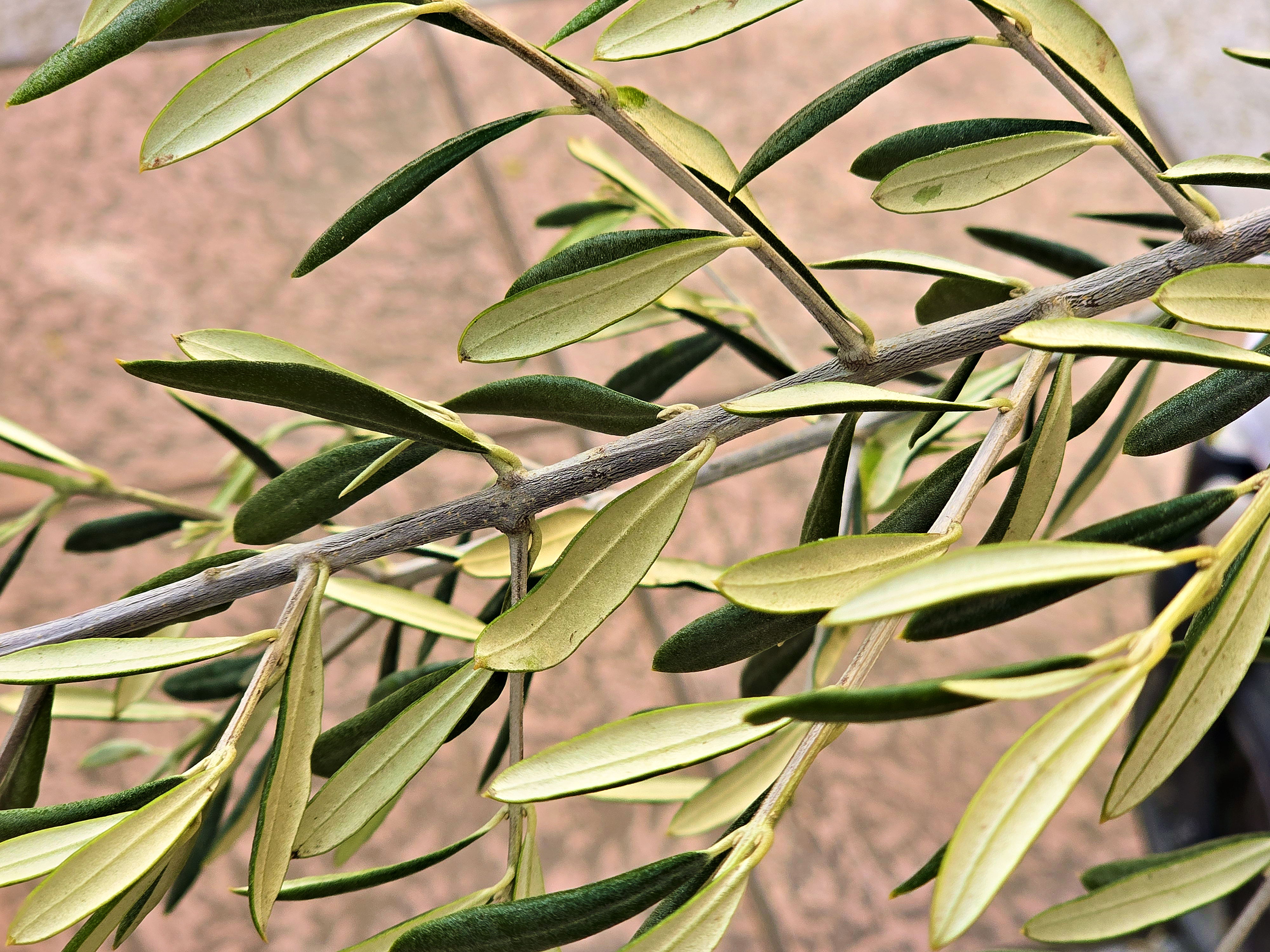
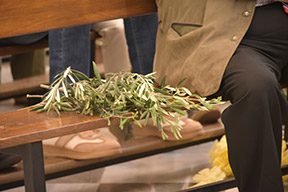
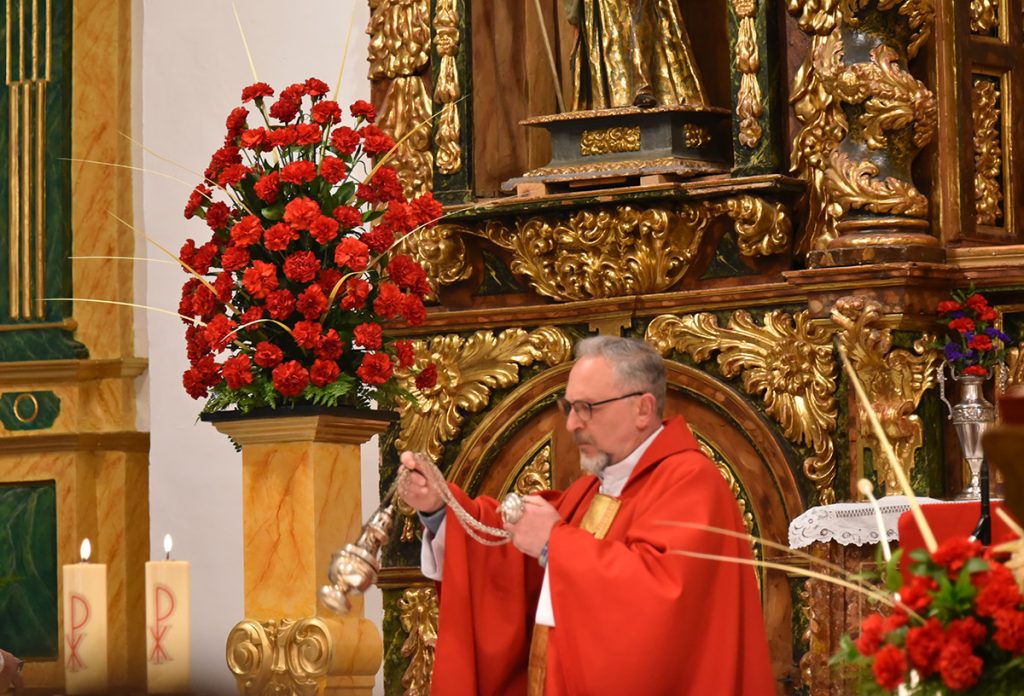
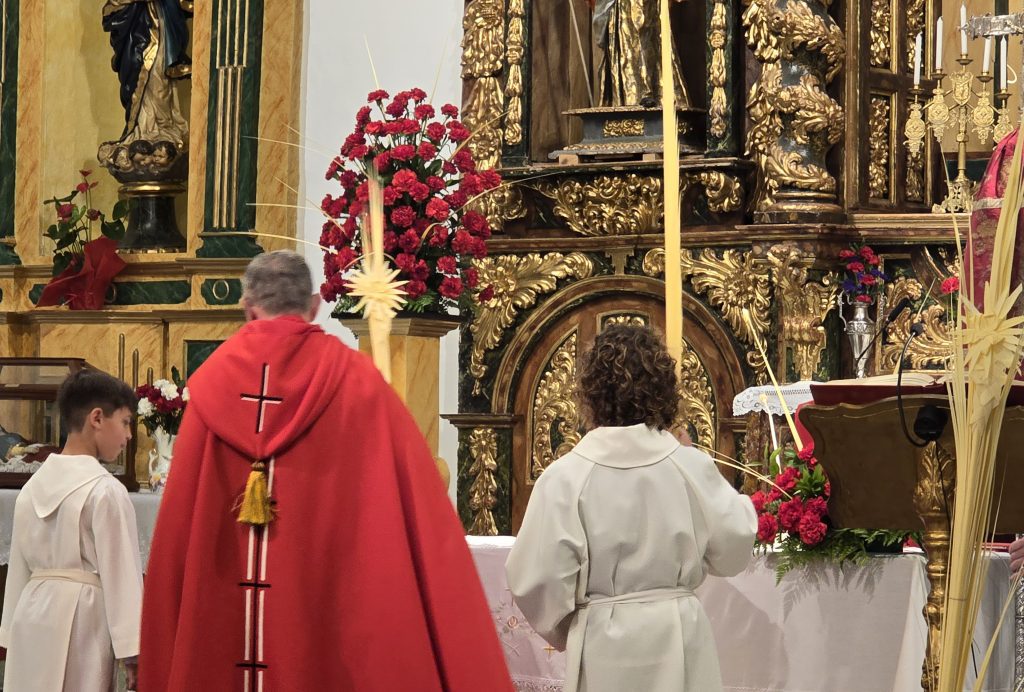
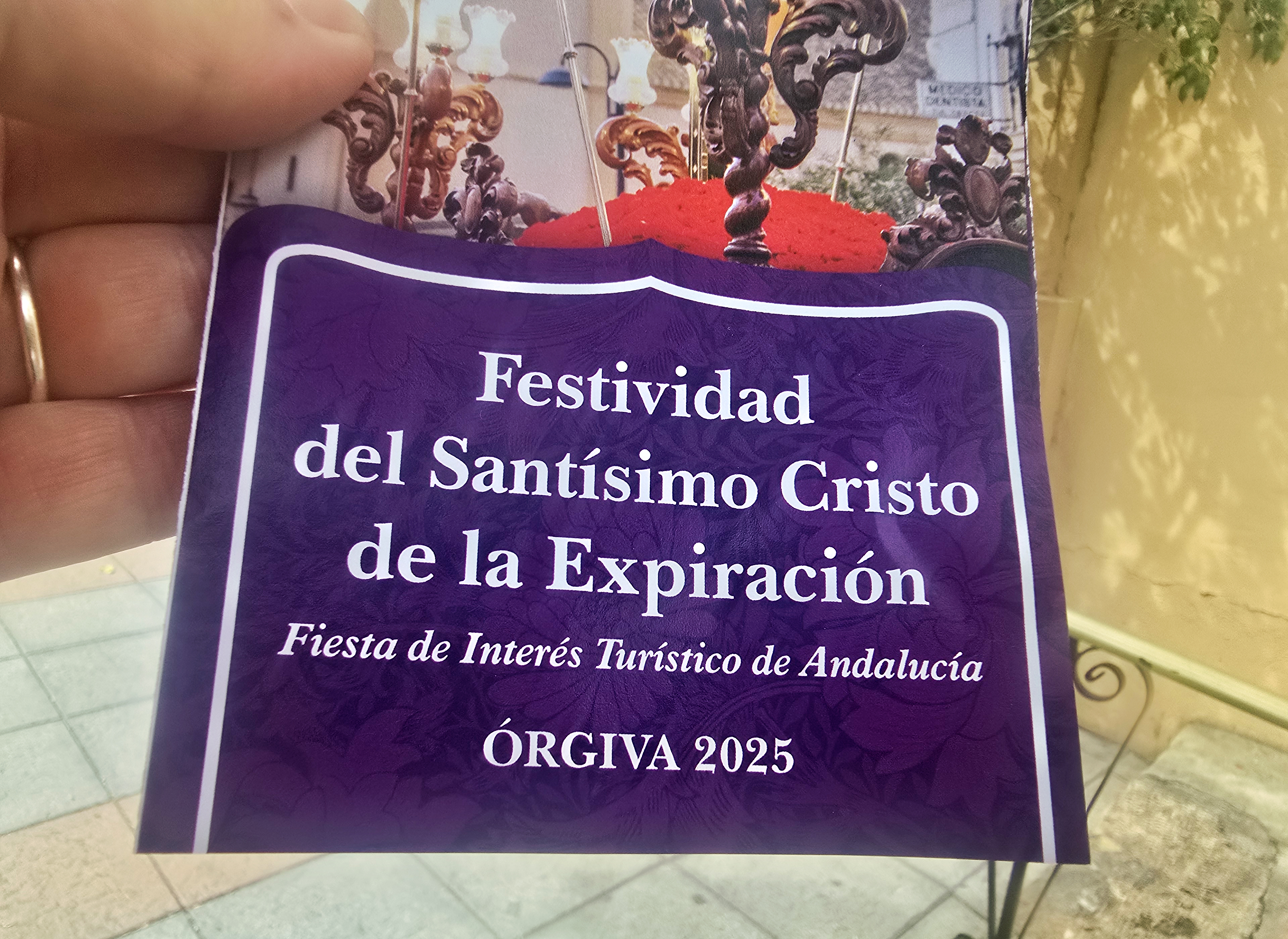
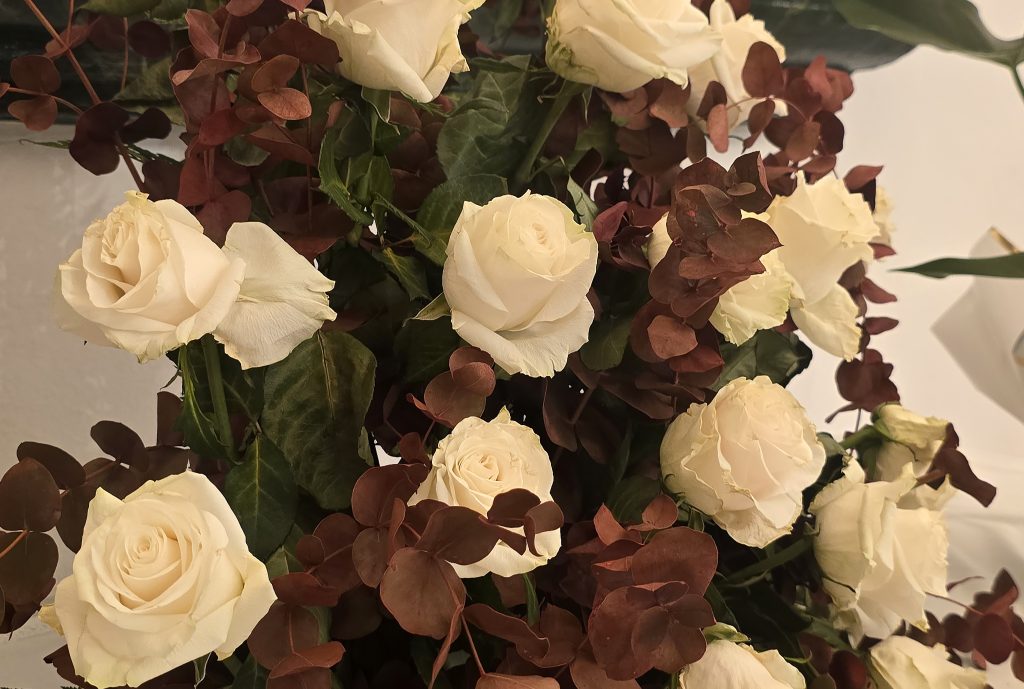
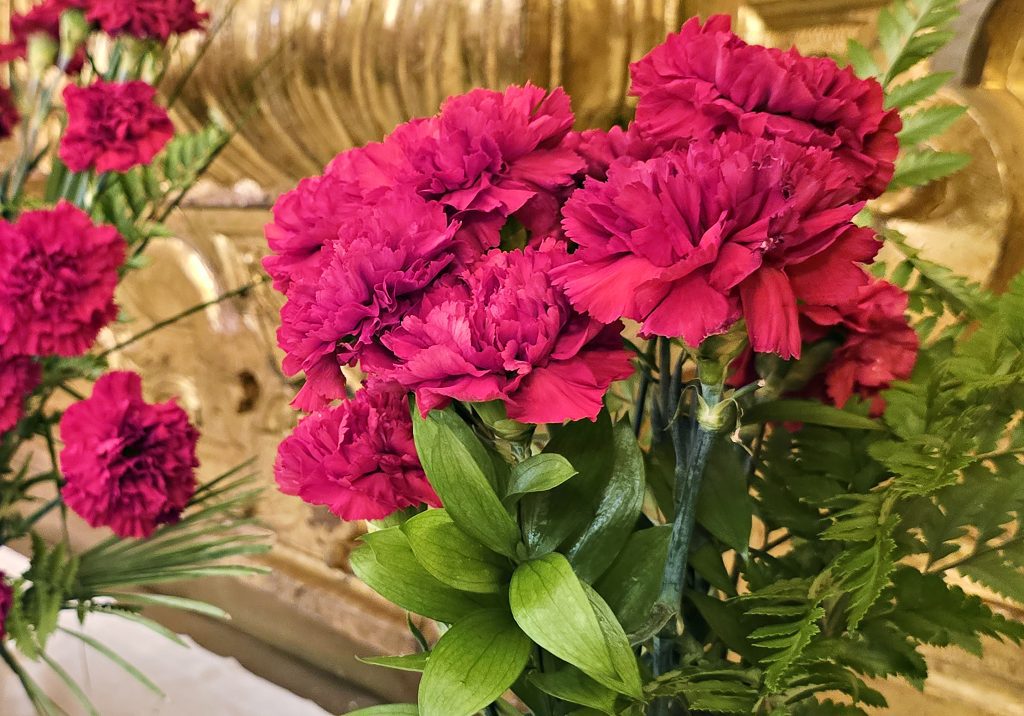
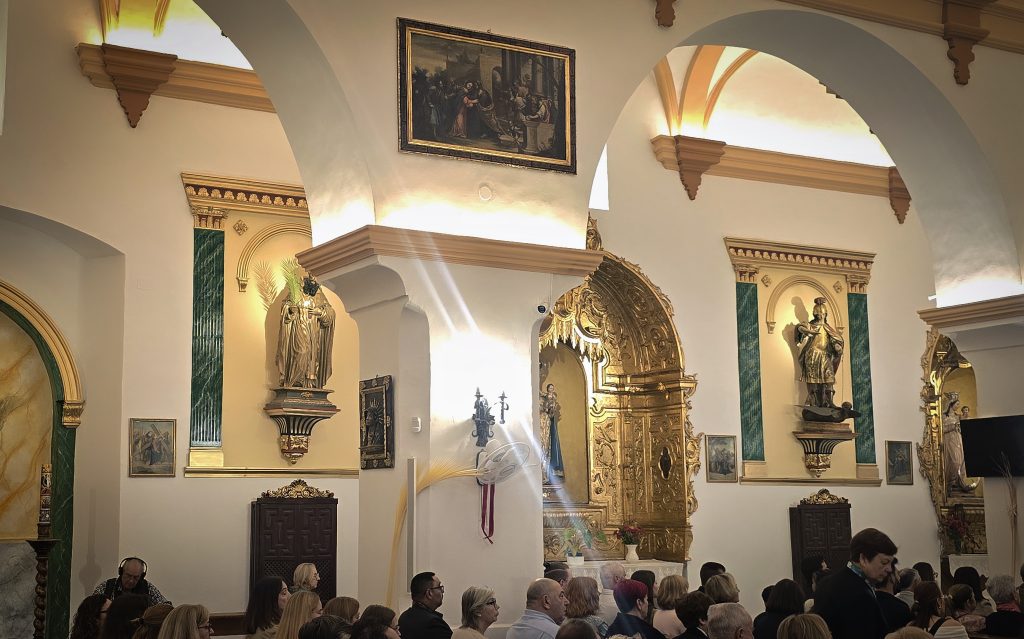
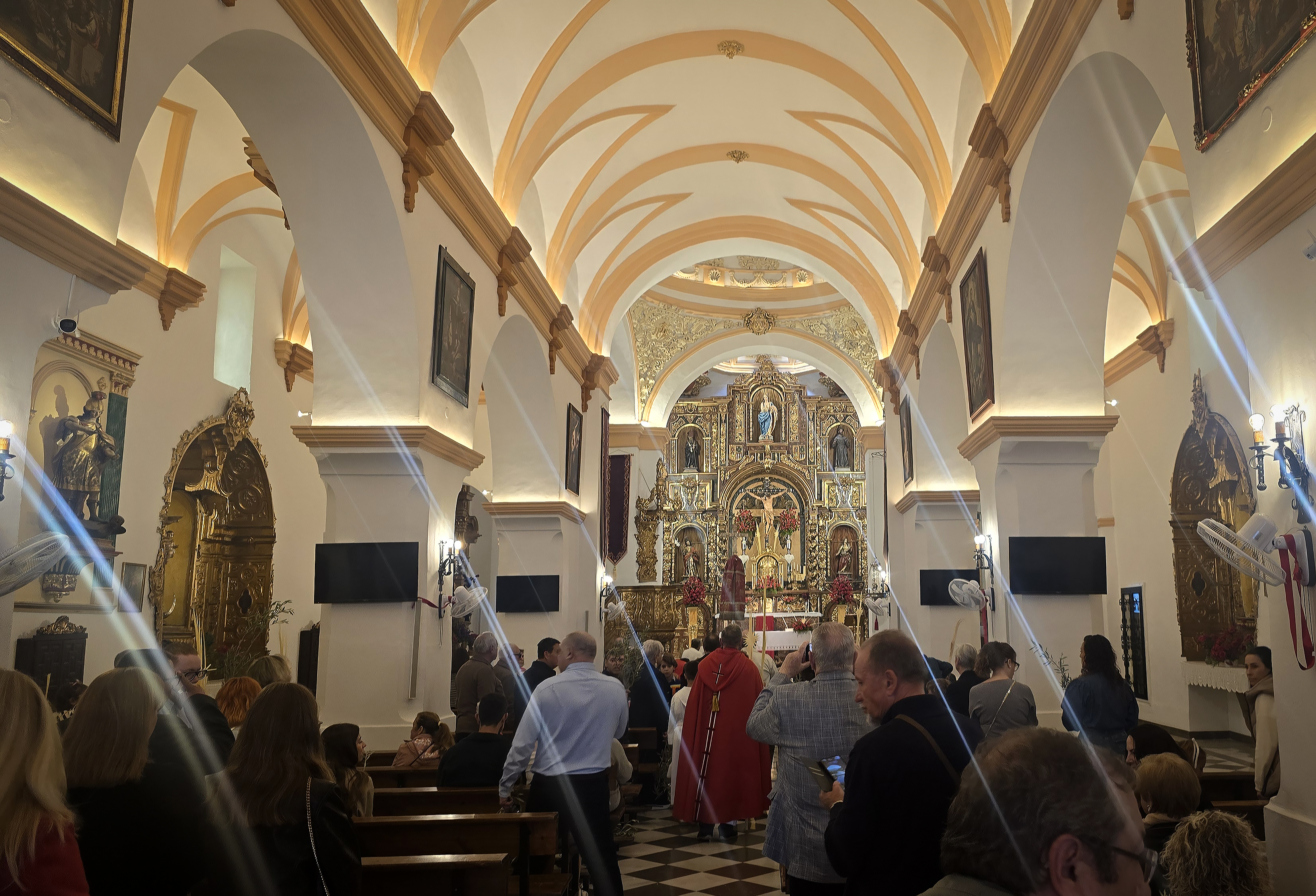
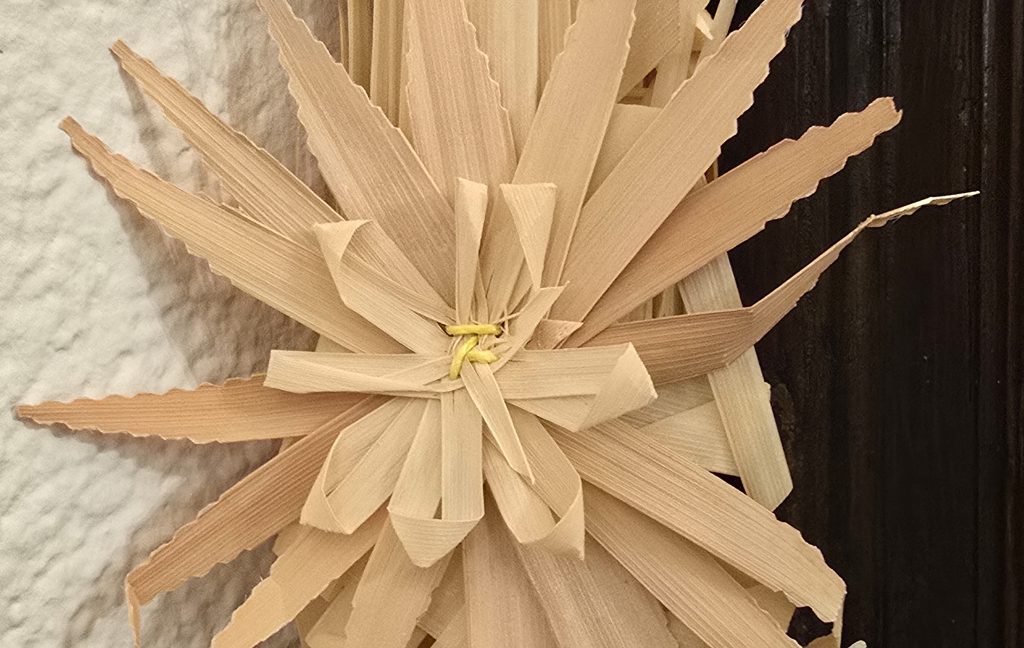
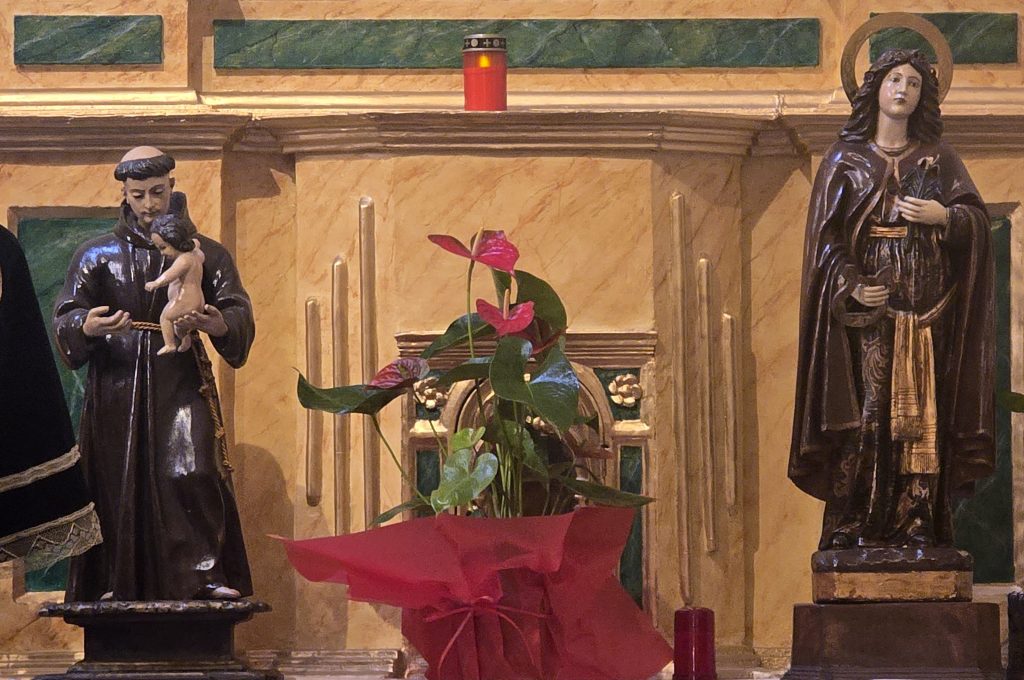
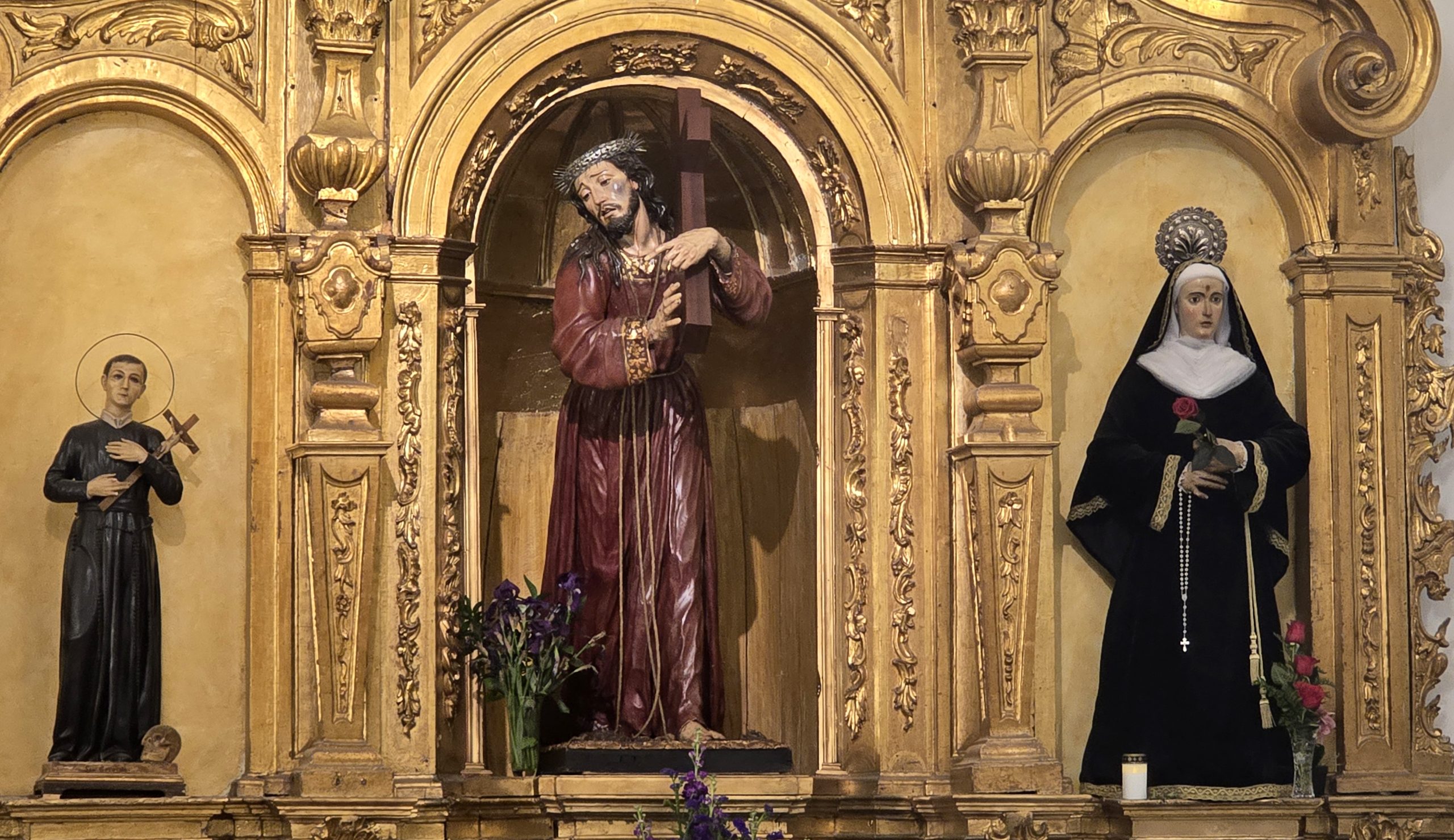


All photos: J. Chip / South of Granada

